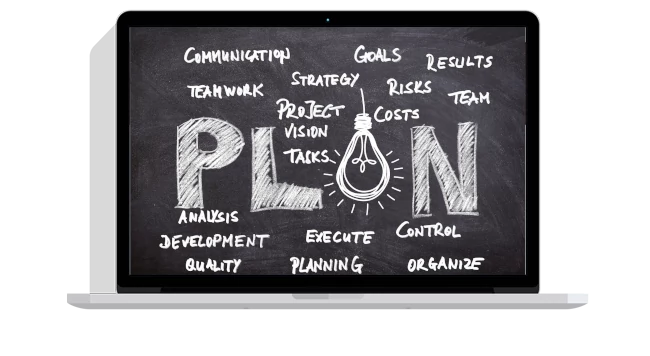
The Easiest Way to Limit Your Benefits from e-Invoice Implementation
I’ve already described in an earlier article what are the Three Levels of Benefits in B2B Data Exchange. This time I would like to present a real-life anti-pattern: how to implement electronic invoices without fully benefiting from it.
This story is worth recalling due to the upcoming mandatory replacement of paper/PDF invoices by e-Invoices because, as Warren Buffet said: “It’s good to learn from your mistakes. It’s better to learn from other people’s mistakes.”
Electronic Invoice Project
A major retailer opted to streamline the process of commercial invoice matching by introducing electronic invoice exchange with its suppliers, including a complete “legal dematerialization”, where electronic invoice serve as primary document. The IT department, in collaboration with the accounting team, took charge of the project. Each e-Invoice received was automatically integrated in the ERP system (accounting module) and - simultaneously - it was stored in a dedicated system, ensuring convenient retrieval and display as a readable PDF document whenever needed.
The Wrong Approach: Minimizing the Change
After launching the new system, it turned out that the process of controlling, approving and archiving invoices came to a near standstill. The reason? Historically, accountants relied heavily on paper documents for their workflow. With the transition to electronic invoices, they found it challenging to organize their work.
In an attempt to revert to their familiar paper-based processes, they proposed a solution: requesting the installation of a printer to automatically print each received e-Invoice. This workaround allowed them to continue working with paper documents, the old way. While the implementation of e-Invoicing did bring some benefits, it’s apparent that these gains were minimal.
Mandatory e-Invoices and Time Pressure
I fear that many companies may be tempted to take a similar shortcut because of mandatory B2B e-Invoice implementation in European Union and many other countries. Details vary slightly from country to country, but from a legal point of view, traditional invoice soon will no longer be sufficient as an accounting evidence.
Don’t Miss the Opportunity to Introduce Automation
Sending invoices in electronic format (on the supplier’s side) is not an issue, as this doesn’t impact the existing process a lot. However reception of electronic documents (on the buyer’s side) requires deeper consideration.
The easiest approach - tempting under time pressure - is to print the invoices, as as in the above example. However, to maximize the benefits, you need to reorganize internal processes (and IT system) so that the invoices’ approval is completely automatic in most of cases.
Such a change has a significant impact on employees: certain competences become redundant (retyping data from invoices to the system, accepting invoices without differences, printing and archiving paper documents), while other tasks (resolving disputes) requires different competences than before. This part of the project - change management - is probably the most important one.
The New Workflow
In the new, purely electronic document workflow, the decision to accept the invoice should actually takes place at the earlier stages:
- firstly when placing the order,
- later, by accepting the purchase order confirmation received from the supplier (this includes changes of the quantity, price or delivery dates),
- finally, by an update of the quantities physically received at the warehouse.
If all steps above are done with EDI, most of the price and quantity differences are eliminated, so invoice matching should be fully automatic for at least 90% of documents. With a well-tailored adaptation of the IT system, there is also the potential to handle the remaining invoices without the necessity of referring to paper documents.
Such a project requires strategic planning and involvement of the company’s management. A well-planned project will bring significant financial savings, while a badly planned one may be a pure cost.
Wojtek Kazimierczak
Last update: 2024-01-19
Related articles:
- From streamlined processes to strategic advantage: Three Levels of Benefits in Electronic Document Interchange
- EDI Essentials: the minimum you need to know about e-documents exchange.




